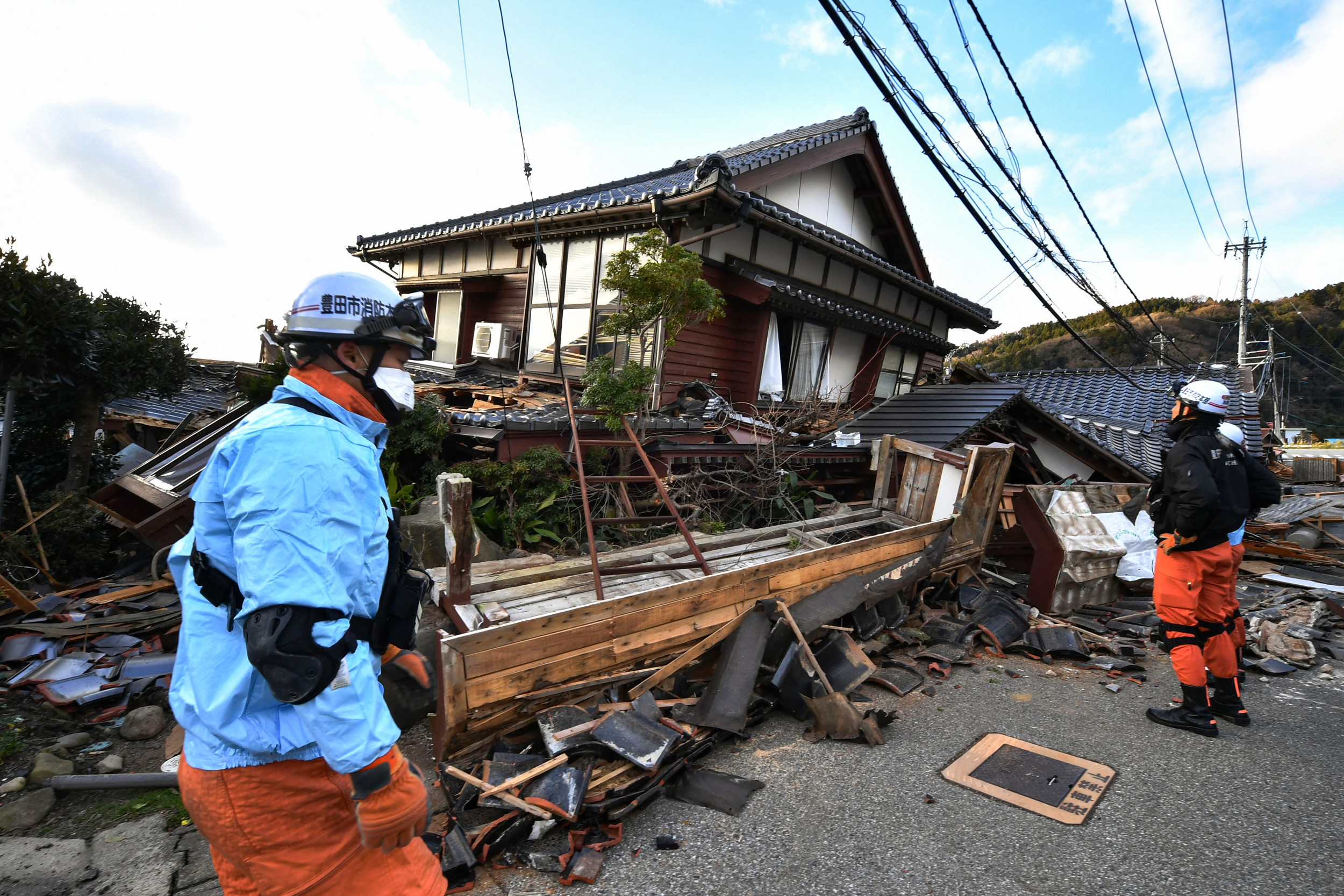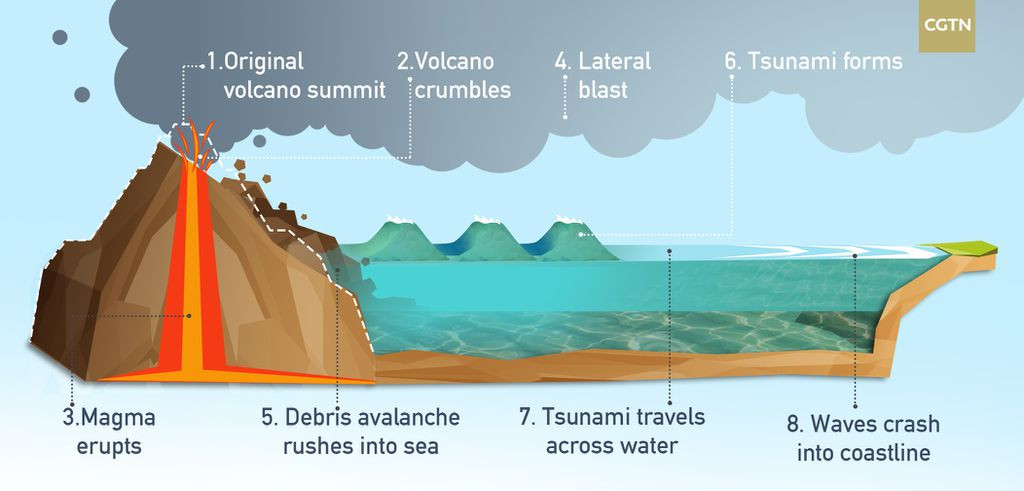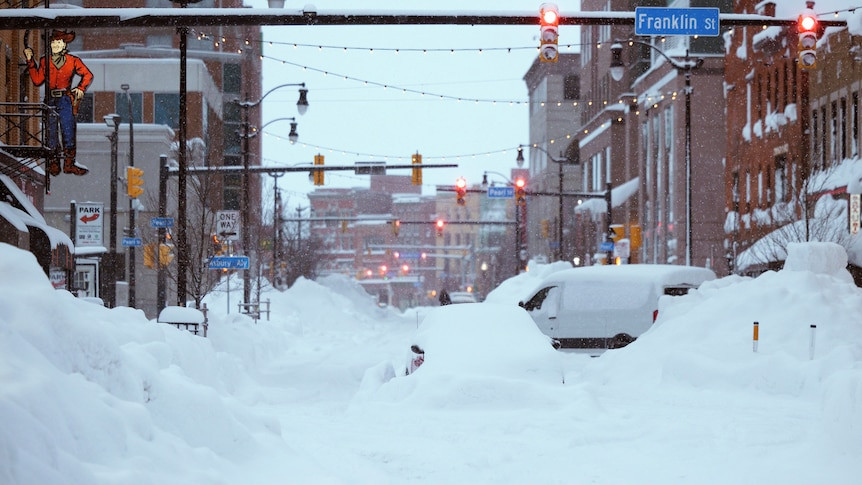A powerful 7.0 magnitude earthquake early on Sunday morning has triggered a volcanic eruption in the Kamchatka peninsula. The area surrounding the Shiveluch volcano, on the far-eastern coast of Russia, was covered in a layer of ash following the eruption. There were no reports of damage or injuries in the immediate aftermath of the quake.
The earthquake occurred around 60 miles off the coast of Russia's far eastern coast and prompted a tsunami warning that was later lifted. The U.S. Geological Survey (USGS) said the quake struck 18 miles below the surface and had its epicenter about 63 miles east of Petropavlovsk-Kamchatsky. This port city, home to more than 181,000 people, is known for its volcanoes and its strategic location across a bay from a major Russian submarine base.
The eruption of the Shiveluch volcano was triggered by the earthquake, spewing a large cloud of ash several miles into the sky. The plume briefly triggered a "code red" warning for aircraft, but TASS reported that no commercial flights had been disrupted and no damage to aviation infrastructure was caused. The Kamchatka branch of the Geophysical Survey Service of the Russian Academy of Sciences reported that the quake was followed by over 30 aftershocks in the region and warned that more earthquakes of up to 6.5 magnitude could occur.
The aftershocks are a standard scenario following a major earthquake and could last for up to a month, becoming less intense over time. The region has experienced frequent moderate-to-large earthquakes, with 29 additional events of magnitude 6.5 or greater occurring within 250 kilometers of the August 17, 2024, earthquake over the past century.
The location and sense of motion of the earthquake are consistent with the faulting on the subduction zone plate interface, which is where the Pacific plate is moving west-northwest with respect to the North America and Eurasia plates. The earthquake occurred roughly 40 kilometers northeast of the 1952 M 9.0 Kamchatka earthquake, which caused a destructive, Pacific-wide tsunami.
The region is also known for its volcanic activity, with over 160 active volcanoes. The Shiveluch volcano is one of the most active volcanoes in Kamchatka, with a history of large eruptions. In the past, the volcano has released massive amounts of ash into the atmosphere, disrupting air travel and causing widespread damage. The eruption on August 18, 2024, was not as large as some of the past eruptions, but it still posed a threat to aircraft and residents living nearby.
The impact of earthquakes varies depending on the magnitude of the quake, the local conditions, and the level of preparedness of the affected region. While higher magnitude earthquakes are more likely to cause significant damage, even lower-magnitude quakes can be deadly if they strike densely populated areas with poorly constructed buildings. The August 17, 2024, earthquake was a reminder of the unpredictable nature of these natural disasters and the importance of preparedness in the face of such events.


















